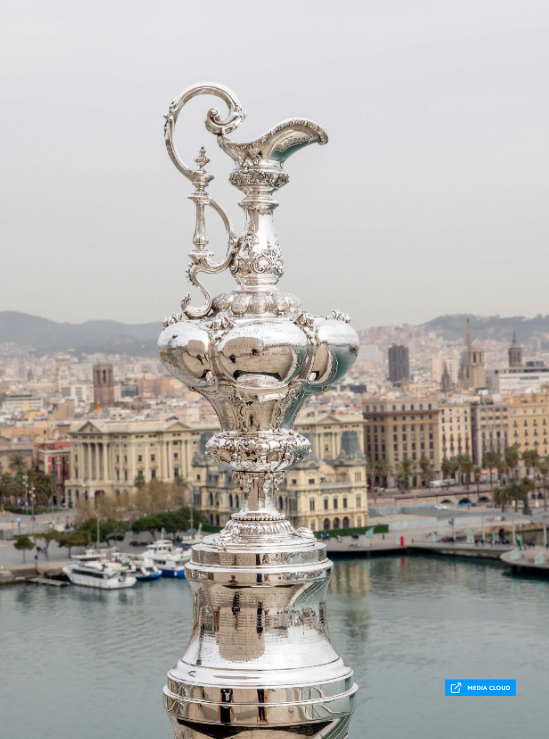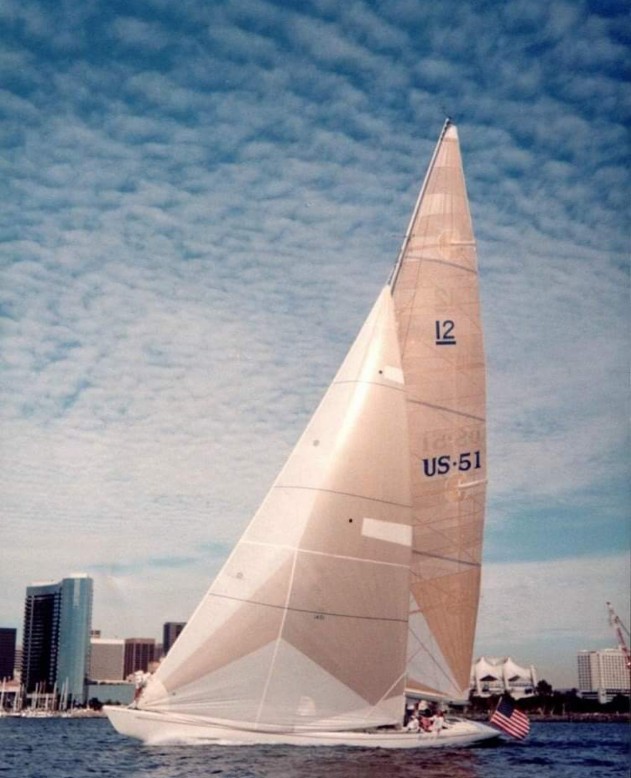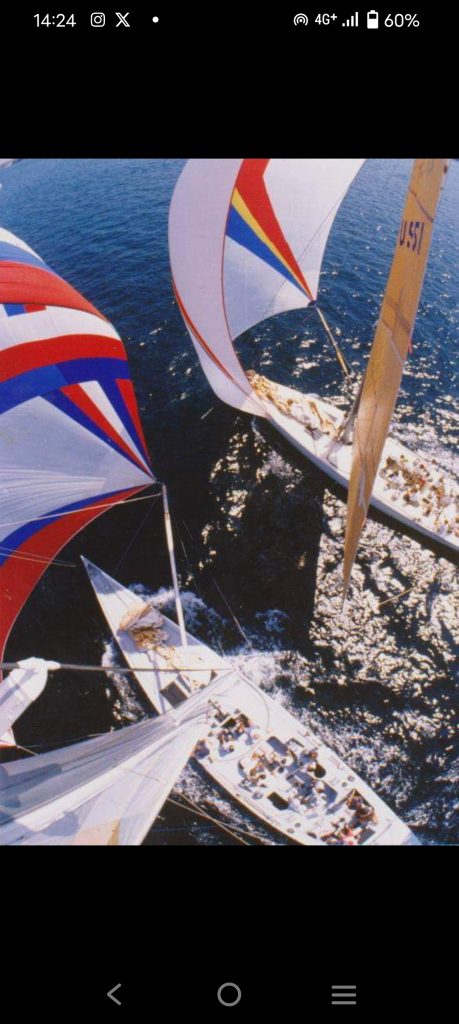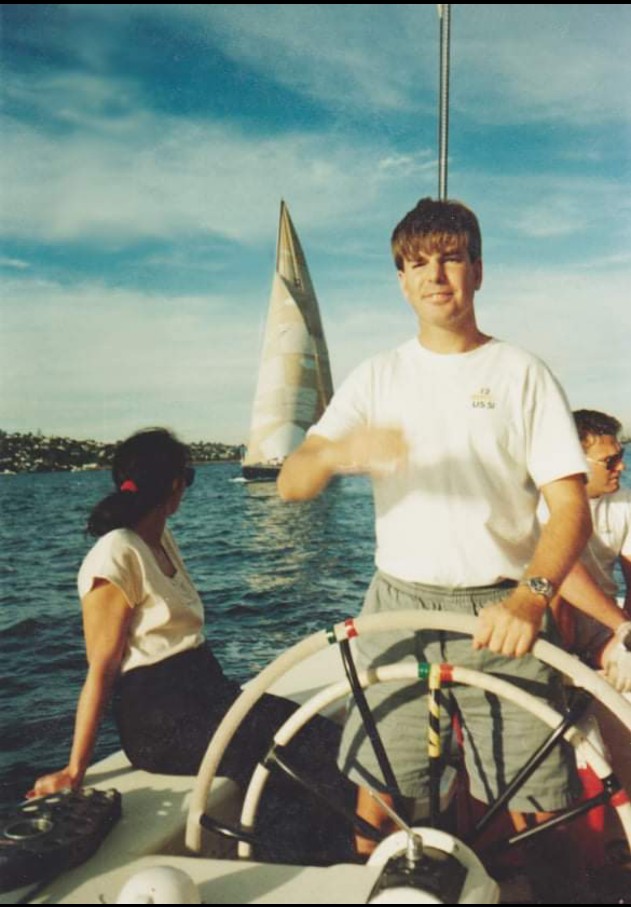The America’s Cup, the oldest international sporting trophy in the world.

The America’s Cup is the oldest international sporting trophy in the world,and its history is rooted in a combination of innovation, competition, and national pride. The story of the America’s Cup begins in 1851 with a yacht named America, which played a pivotal role in establishing the prestige and mystique surrounding the competition.
By Aven Dawson:
(Aven Dawon) In the 90s I worked with US 12 Meter in San Dego California. Us 12 meter was used by kelty Goldsmith as Team Development traning programs. During the 92 America’s Cup I staged several events for the America’s Cup committee entertaining some of the top sponsors. We would rase Stars & Stripes 12m against Heart of America 12m. ontop of this I was the Voice of the America’s Cup producing a daily broadcast for America’s National Sport Radio Station The Mighty 690 am.
Over the next few month I intened to bring you a compleate update on and about the America’s Cup, whitch of cource includes the Louis Vuitton 37th America’s Cup taking place between August and October 2024
Below is Hart of America – Stars & Strips – and a much younger version of me ;-/



The Birth of the America’s Cup (1851)
The origins of the America’s Cup trace back to the mid-19th century. In 1851, the Royal Yacht Squadron in England invited the New York Yacht Club (NYYC) to participate in a race around the Isle of Wight, during the Great Exhibition. The New York Yacht Club accepted the challenge and sent the schooner America, a state-of-the-art yacht designed by George Steers.
America was a revolutionary design at the time, incorporating several innovative features, including a sharp, forward-raked bow, a long waterline, and a deep keel. These innovations made her faster and more maneuverable than her British competitors, which relied on traditional designs.
The Race That Started It All
On August 22, 1851, America competed against a fleet of 15 British yachts in a race around the Isle of Wight. The race was for the One Hundred Sovereign Cup, a silver trophy awarded to the winner. The course was about 53 nautical miles long and presented a challenging mix of open sea and coastal navigation.
Despite stiff competition and some initial doubts about her capabilities, America emerged victorious, finishing the race in just over 10 hours. She crossed the finish line eight minutes ahead of her closest competitor, the British yacht Aurora. According to legend, when Queen Victoria, who was observing the race, asked who was in second place, the response was, “Your Majesty, there is no second.”
The Trophy and the Legacy
After the victory, the trophy was brought back to the United States and presented to the New York Yacht Club. In 1857, the NYYC drafted a deed of gift that established the trophy as a challenge cup for friendly international competition. This marked the formal beginning of the “America’s Cup.”
The deed specified that the trophy would be open to any foreign yacht club to challenge the holder, under certain rules and conditions. The races were to be held in the waters of the defending club, and the competition was intended to foster friendly relations between nations through the sport of yachting.
The Evolution of the America’s Cup
Over the years, the America’s Cup has evolved significantly, reflecting changes in yacht design, technology, and international competition. The trophy has been contested multiple times since 1851, with challengers from various countries attempting to wrest it from the New York Yacht Club, which successfully defended the cup for 132 years, from 1857 until 1983.
The America’s Cup became a symbol of national pride and a showcase for technological innovation in yacht design. Each new challenger and defender brought with them advancements in hull design, sail technology, and, later, materials such as carbon fiber and winged keels.
Key Milestones
- 1887: The Deed of Gift is rewritten to formalize the competition’s rules and conditions, solidifying the legal framework that governs the race.
- 1930-1937: The “J-Class” yachts dominate the competition, a period marked by some of the most elegant and iconic sailboats ever built.
- 1983: Australia II, with its revolutionary winged keel, wins the Cup, breaking the NYYC’s 132-year winning streak.
- 2010: The race between USA-17 (Oracle Team USA) and Alinghi 5 (Société Nautique de Genève) in Valencia, Spain, introduces the first multihulls to the competition, leading to a new era in America’s Cup design.
Modern Era
Today, the America’s Cup remains at the cutting edge of sailing technology. The race has evolved from traditional monohull yachts to high-speed foiling catamarans and, more recently, monohulls that can foil. The competition continues to attract global attention, with syndicates from around the world vying for the honor of holding the “Auld Mug.”
Legacy of the Yacht America
The original America is remembered as the yacht that not only won the first America’s Cup but also set the standard for competitive sailing. Her victory in 1851 laid the groundwork for what would become one of the most prestigious and enduring sporting events in history.
The legacy of America and the Cup she inspired lives on, symbolizing the spirit of competition, innovation, and international camaraderie that defines the America’s Cup to this day.


